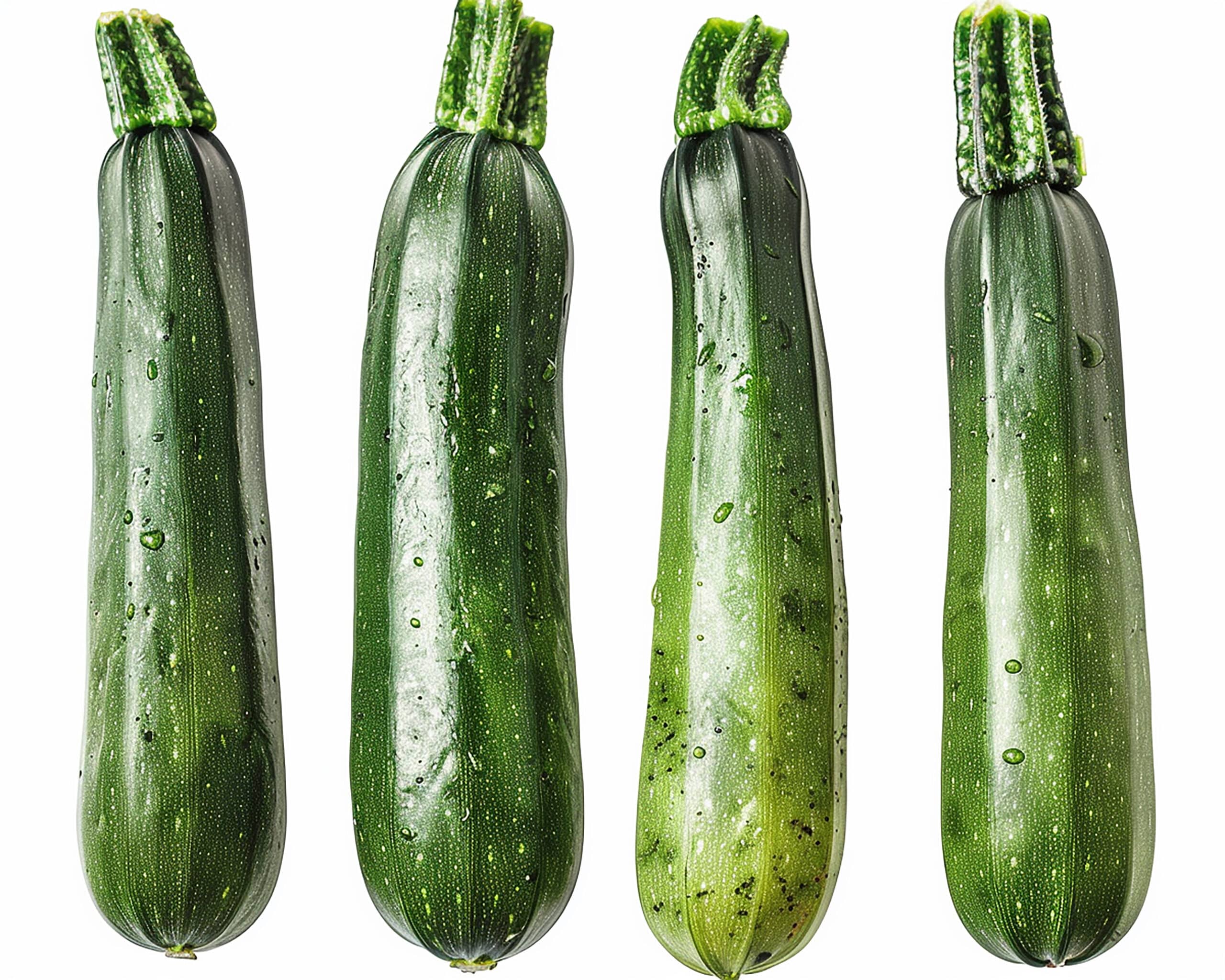What Vegetable Grows in 10 Days?
Key Takeaways
- Radishes are a fast-growing vegetable that can be harvested as quickly as three weeks after planting.
- Arugula is another quick-growing vegetable that is typically ready to harvest in about 3-4 weeks.
- Cress is a fast-growing leafy vegetable that can be ready to harvest within 10 days or even earlier.
If you’re eager to see the fruits of your gardening labor sooner rather than later, you may be wondering if there are any vegetables that grow in just 10 days. While most vegetables require a longer growing period, there are a few options that can be ready for harvest in a relatively short amount of time. Let’s explore some of these quick-growing vegetables and how you can enjoy fresh produce in just a matter of days.
Radishes
One vegetable that stands out for its fast growth is radishes. These root vegetables are known for their crisp texture and peppery flavor. Radishes can be harvested as quickly as three weeks after planting, making them an excellent choice for gardeners seeking quick results. Whether you prefer red, white, or even black radishes, you can enjoy their vibrant colors and refreshing taste in salads or as a garnish for various dishes.
Arugula
Another vegetable that can be ready to harvest in a short period of time is arugula. This leafy green vegetable has a distinct, slightly bitter flavor that adds a zesty kick to salads and sandwiches. Arugula can be grown from seeds and is typically ready to harvest in about 3-4 weeks. With its rapid growth and versatility in the kitchen, arugula is a popular choice for home gardeners.
Cress
Cress is a delicate leafy vegetable that belongs to the mustard family. It has a peppery taste and is often used as a garnish or added to salads for an extra burst of flavor. Cress can be harvested when its leaves reach around 2 inches in size. Depending on the variety and growing conditions, cress can be ready to harvest within 10 days or even earlier. Its quick growth makes it a great option for those looking to add a fresh touch to their meals in a short amount of time.
Conclusion
While many vegetables require weeks or even months to reach maturity, there are a few options that can be ready to harvest in as little as 10 days. Radishes, arugula, and cress are among the fastest-growing vegetables that can provide you with fresh produce in a short amount of time. Whether you’re a seasoned gardener or just starting out, these quick-growing vegetables are worth considering for your garden.
Related Websites:
FAQs:
Q: What are the benefits of growing fast-growing vegetables?
Growing fast-growing vegetables offers several benefits. Firstly, you can enjoy fresh produce in a short period of time, allowing for quicker harvests. Secondly, fast-growing vegetables are ideal for urban gardening and limited space scenarios, as they can be cultivated in small areas. Lastly, these vegetables are packed with nutrients and can be a versatile addition to your meals.
Q: Which vegetables mature within 10 days?
There are several vegetable options that can reach maturity within 10 days. Some popular options include leafy greens like lettuce, spinach, and kale. Microgreens such as radish, mustard, and arugula also mature rapidly. Additionally, herbs like basil, cilantro, and dill can be harvested at an early stage.
Q: How do I grow fast-growing vegetables?
To grow fast-growing vegetables, it is important to follow a few key steps. Begin by preparing the soil and ensuring it is well-drained. Provide sufficient light, either natural or artificial, as most vegetables require adequate sunlight. Water the plants consistently, keeping the soil moist but not overly saturated. Finally, be mindful of potential challenges such as pests or extreme weather conditions, and take necessary precautions.
Q: What are some tips for successful cultivation of fast-growing vegetables?
When cultivating fast-growing vegetables, there are a few tips to keep in mind for successful growth. Firstly, ensure the proper spacing between plants to allow for adequate airflow and prevent overcrowding. Secondly, monitor the moisture levels of the soil regularly and adjust watering accordingly. Lastly, consider using organic fertilizers to provide the necessary nutrients for healthy growth.






